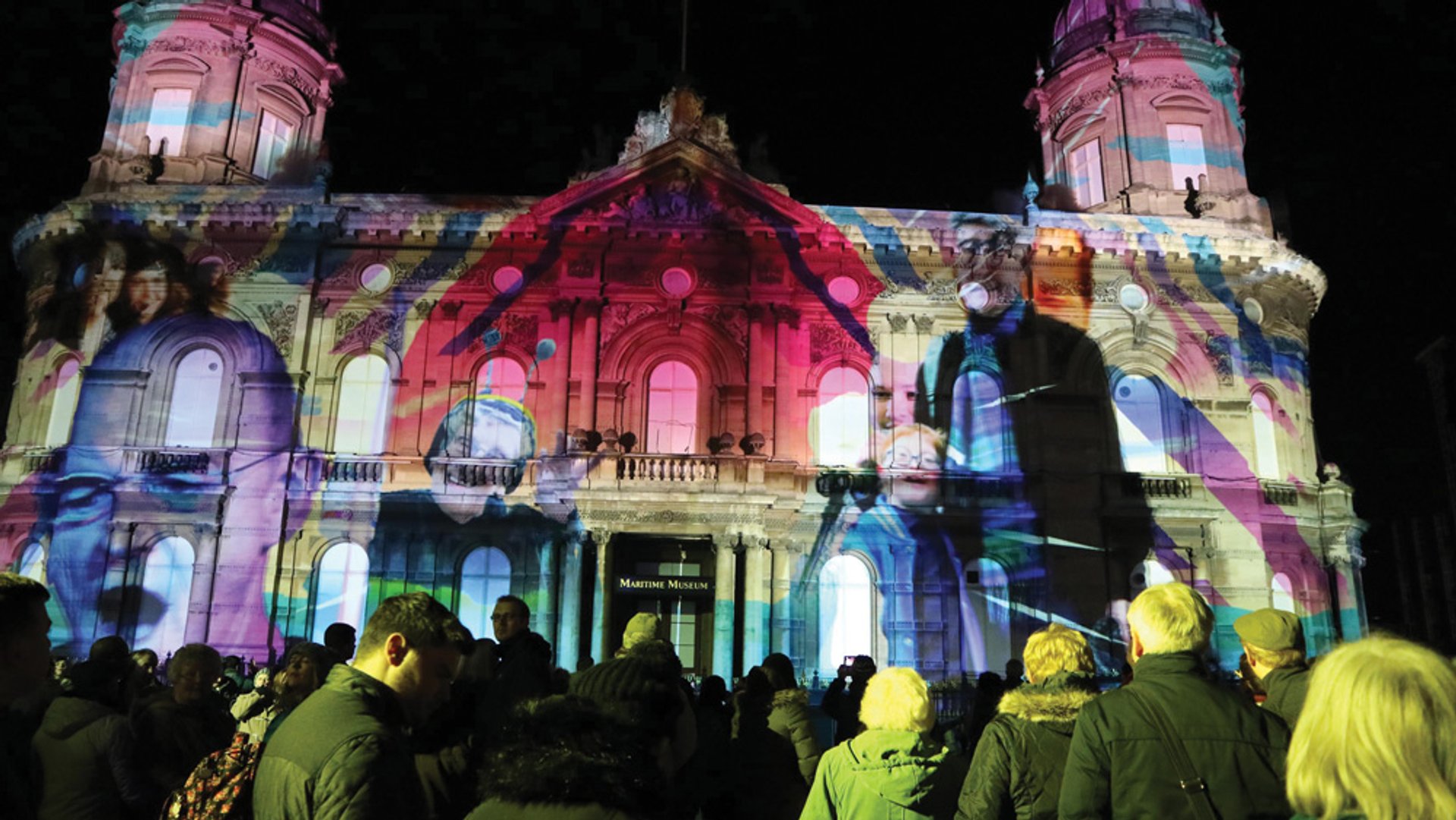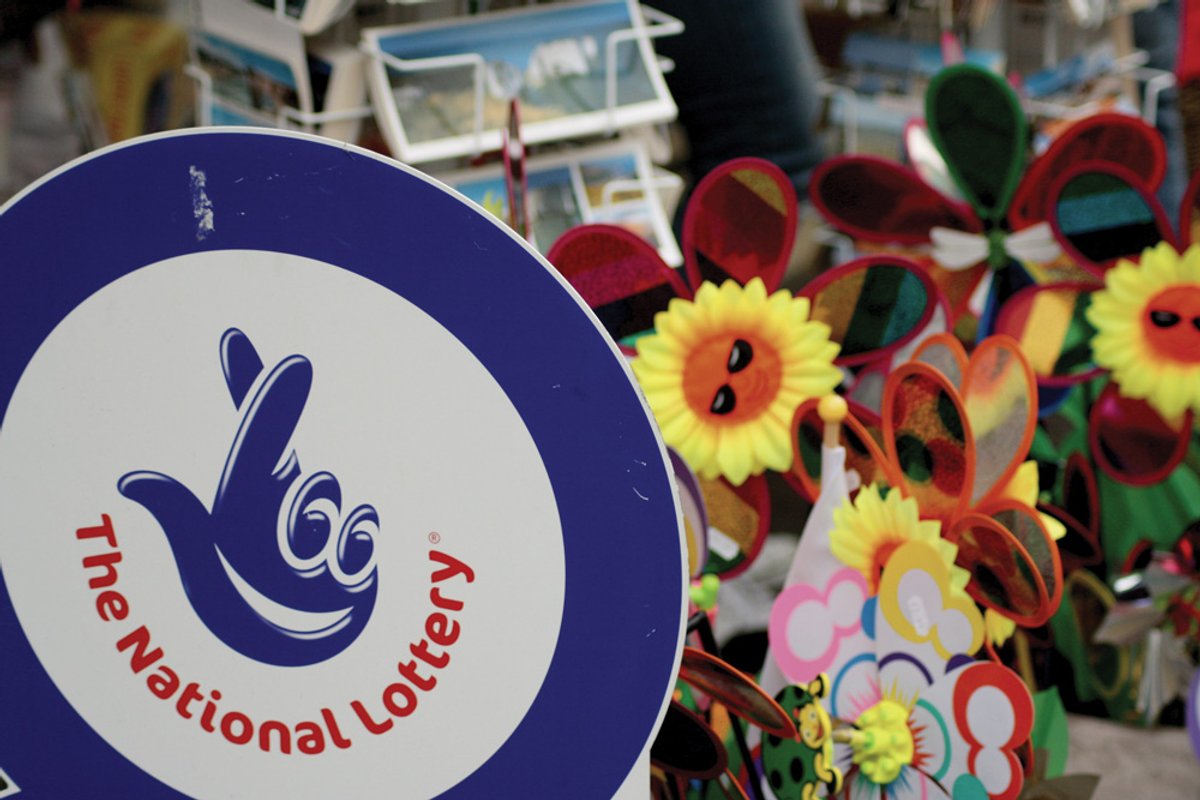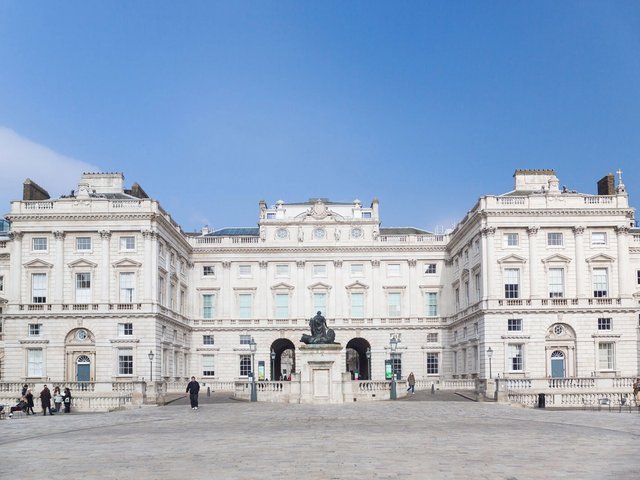UK museums risk losing out on funding for major capital projects amid growing pressure on grants from the Heritage Lottery Fund (HLF). Since its foundation in 1994, the fund has played a crucial role in transforming many of the country’s leading museums. Major HLF grants—those worth £5m or more—have supported the creation of Norman Foster’s Great Court at the British Museum (awarded £15.2m in 1997) and Glasgow’s Zaha Hadid-designed Riverside Museum (£21.7m in 2005) as well as the refurbishment of Manchester’s Whitworth Art Gallery (£8.5m in 2009).
Lottery support is worth even more because it encourages private donors. Meeting HLF’s rigorous criteria for approval is regarded as evidence of a well-conceived project. Successful applicants for the grants are also required to raise a certain percentage in matching or partnership funding.
Speaking at the Association of Independent Museums national conference in June, Ros Kerslake, the fund’s chief executive, warned of possible cutbacks in the annual grants programme. She posed three key questions for UK museums: Should HLF cap major grants to ensure funding is spread across a greater number of beneficiaries? Should it raise its match-funding requirements? Should it offer low-interest or interest-free loans? This autumn, HLF is to launch a formal consultation on its strategic framework for 2019-24, which will include these ideas.
“Demand for our funding has never been higher,” Kerslake told conference delegates. For this year’s major grants board meeting in April, the fund received requests totalling £224m. With just £40m available, only four of the 11 heritage projects considered “high priority” by HLF were successful in the funding round.
What is more, the overall pot of heritage funding—for projects large and small—is shrinking. Sales of UK National Lottery tickets have declined, so less money can be channelled to HLF. The fund’s share of lottery income fell from £385m in 2015/16 to an estimated £300m in the current financial year.
Sharon Heal, the director of the Museums Association, which represents virtually all UK museums, has expressed concern at the pressure on lottery funds. “We support a more equal distribution of HLF funding across the nations and regions of the UK and would also like to see a more strategic approach to focus on museum services which are being undermined by cuts,” she says.
Lottery winners and losers

Ranen / Alamy Stock Photo
Winners:
Among the latest winners of big HLF grants were three important museum projects. During Hull’s year as the UK City of Culture, Hull Council received £15m to redevelop the city’s maritime museum and heritage. The Black Country Living Museum in Dudley, in the West Midlands, got £9.8m to expand and improve visitor services. And London’s National Portrait Gallery was awarded £9.4m to transform its building.

Museum of London
Losers:
Museum of London
Requested £15m to relocate from the Barbican to the former Smithfield market site. The £250m project was classed as “high priority” by HLF, but ultimately turned down. The museum says it is “disappointed”, but its campaign to raise the last £60m needed is under way. It is considering applying to HLF again next year.
Royal Artillery Museums
Requested £12m for a new heritage centre at Larkhill military base on Salisbury Plain after the closure of its Firepower Museum in Woolwich, south-east London.
Imperial War Museums
Requested £10.4m for new Second World War and Holocaust galleries in its London location.
Preston Council
Requested £10m to upgrade the Harris Museum and Art Gallery.
Natural History Museum
Requested £10m to redesign its grounds in South Kensington, west London, to “reconnect” nature and the urban environment.
Tate and National Galleries of Scotland
Requested £7.1m to create an endowment for the Artist Rooms contemporary art touring collection, donated by the retired dealer Anthony d’Offay in 2008.



